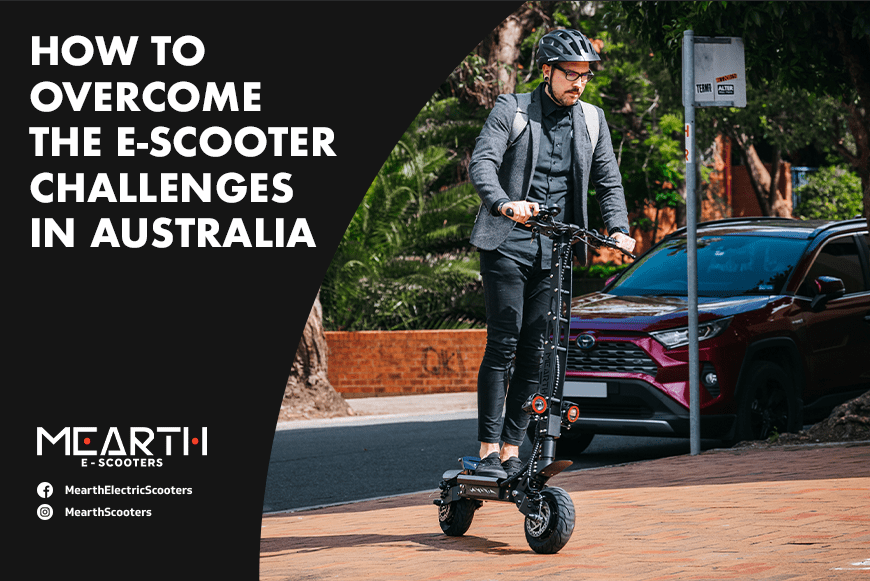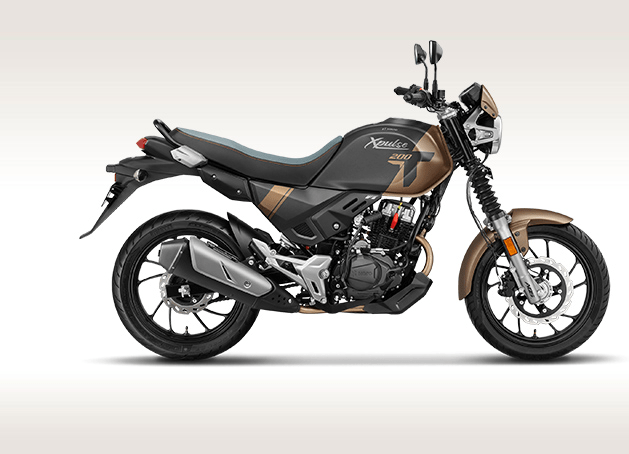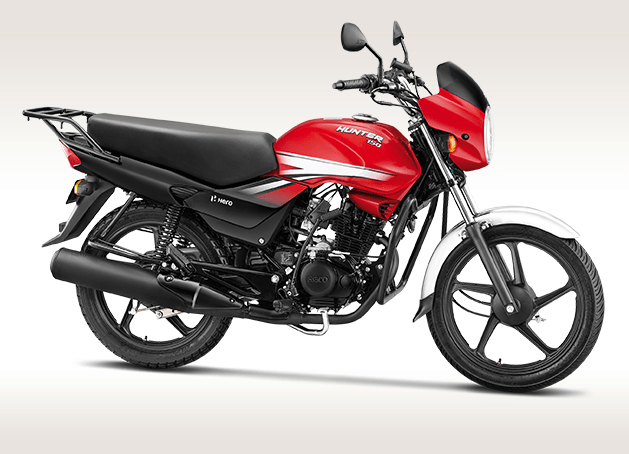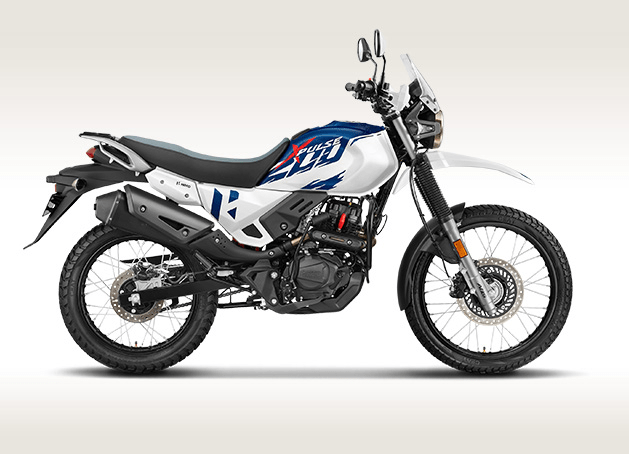Today’s modern electric scooters face many challenges in Australia.
What are they that require urgent attention?
These three: legal barriers, safety risks and environmental issues are clearly urgent.
But there’s hope. These challenges are not totally insurmountable. Let’s tackle them one by one to get solutions for how to overcome them.
Legal barriers
Electric scooters for sale in Australia face this number one issue — lack of clear and consistent laws and regulations across the country. Not all electric scooters are legal in the country, and the rules vary by state and territory, and even by city.
Some regions have stricter rules than other areas on the matter of speed limit, power output, helmet use, road access and age limit. There are places in Australia that ban electric scooters altogether, and impose fines or penalties if the rules are violated.
This is not a glum situation that can raise confusion and misgivings for users and the authorities. The differing laws in cities limit the potential of electric scooters as a form of green transport.
It also discourages future innovation along with other investment opportunities in the electric scooter industry that can give rise to more jobs opportunities and economic growth.
How to solve this challenge? One possible solution to this challenge is to harmonize the laws and regulations for electric scooters across Australia, and base it on best practices and evidence from other countries. This entails setting a national standard for electric scooters that clearly defines their technical specifications, safety features and performance criteria.
Establish a nationwide structure for electric scooter sharing schemes that regulates their operation, maintenance and management. In doing so, it pushes for a level playing field for electric scooter users and its providers, one that ensures their safety (when rented) and accountability (of the operators or providers) in worse case scenarios.
Safety risks
The risk of accidents and injuries for riders and others, and that it can cause collisions with pedestrians, cyclists, cars or other obstacles, especially on busy roads or paths is another grave issue that greatly concerns opponents to the legalization of electric scooters.
Another perception is that electric scooters can also malfunction or break down due to low battery, flat tire or mechanical issues. These unfortunate incidents can result in serious injuries or even fatalities for the riders or others that suffer the brunt.
How to solve this challenge? One way is to help improve the safety and quality of the electric scooters and their batteries. How? By enforcing stricter standards and testing for electric scooters and their components — before they are sold or rented out – to avert any potential mishap or accident. Another way is to develop better technology and design for electric scooters and their batteries that will greatly reduce the risk of fire or explosion. The desirable consequence of such improvement is that it enhances the reliability and durability of electric scooters, and will be able to prevent potential hazards.
Environmental issues
Another undeniable third challenge for mobility scooters in Australia is the environmental impact of the electric scooters’ production, their use, and their disposal.
Not completely ‘green,’ electric scooters still have to bear some environmental costs. Since electric scooters require electricity to charge their batteries that may come from fossil fuels that contribute to global warming.
Naysayers contend that electric scooters have a limited lifespan and durability, and as such, they may end up in landfills or oceans as waste that cannot be recycled.
This perceived scenario can undermine the environmental benefits of electric scooters, such as reducing carbon emissions and air pollution as they can also harm the natural resources and ecosystems that support life on Earth.
How to go about resolving the issue of carbon footprint?
One possible solution to this challenge is to promote the sustainability and circularity of electric scooters and their batteries. This could involve using renewable energy sources such as solar or wind to power electric scooters and their charging stations. It could also involve recycling or reusing electric scooters and their batteries when they reach the end of their life cycle. This would minimize the environmental footprint of electric scooters, and maximize their efficiency and value.
In conclusion, electric scooters are a very promising alternative mode of transport that can offer many advantages for users and the environment. Amid the above mentioned many challenges confronting these personal mobility devices in Australia, action must be progressive, intentional and strategic.
Since these challenges are critical and need to be addressed by all — governments, companies, users, commuters, bystanders, organizations and other stakeholders and users must act consequently and yet in synch, in order to overcome these very challenges to realize the full potential of electric scooters as a form of green transport and help attain a sustainable transportation that will have beneficial future for this generation and the next.









